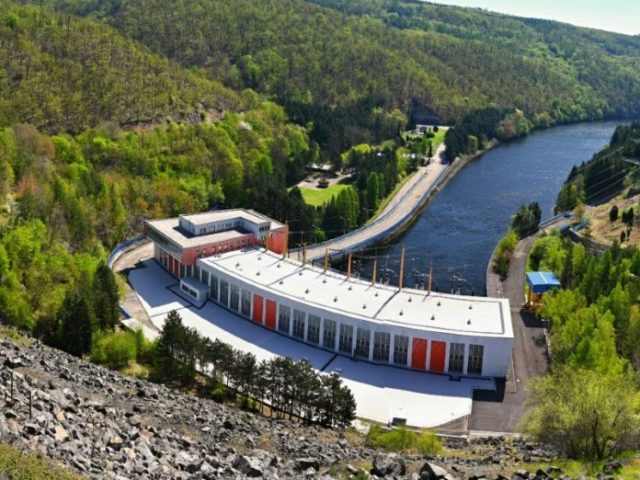
Researchers from The Australian National University (ANU) have released a detailed study outlining 1,500 additional locations across the country that could be used to build pumped hydro energy storage (PHES) facilities.
The study follows on from the team’s 2019 identification of 530,000 potential pumped hydro sites across the globe.
If developed, the sites would be key to developing cost-effective, reliable and renewable electricity grids, ANU said.
“This process [of generating electricity using a pumped storage facility] can occur continuously for more than 50 years, making PHES a viable long-term storage solution to support solar and wind generated electricity and help the nation reach its target of achieving net zero,” said professor Andrew Blakers, from the ANU College of Engineering, Computing and Cybernetics.
The ANU Bluefield PHES Atlas is designed to help accelerate Australia’s adoption of renewable energy systems and help the country reach its emissions reduction targets. Bluefield PHES sites are locations with an existing water reservoir that can be used. This means only one more reservoir needs to be built in order to achieve a PHES pair.
“Basically, we searched near every existing reservoir in Australia to find a potential matching reservoir site,” Professor Blakers said.
ANU student Ryan Stocks, who was heavily involved in the work, said PHES presents an off-the-shelf, low-cost, mass storage option that can be used to help drive the nation-wide transition to clean energy systems based on solar and wind technology.
“PHES provides about 95% of global energy storage. Australia needs a lot of storage to support variable solar and wind electricity on the way to reaching its target of 82% renewable electricity by 2030,” he said. “While batteries are rapidly falling in price and can compete with PHES for short-term energy storage, up to several hours, PHES is much cheaper for prolonged periods of energy storage and can store electricity for several days or weeks.”
Australia has about 300 times more PHES storage potential than required to support a 100% renewable energy system. “We can afford to be choosy and only develop the very best sites,” Stocks said.
The Bluefield Atlas uses geographic information system (GIS) techniques to identify potential PHES sites. Reservoir sizes shown in the atlas could provide 2 GWh to 500 GWh of energy storage.
However, none of the PHES sites discussed in this study have been the subject of geological, hydrological, environmental, heritage and other studies, and it is not known whether any particular site would be suitable. The commercial feasibility of developing these sites is unknown.
PHES pairs are presented with no limit on depth fluctuation of the existing reservoir, nor any analysis of environmental, social, geological, hydrological, etc. impacts of these fluctuations.
The new atlas complements the University’s Greenfield Atlas, which lists 4,000 off-river PHES sites that are not linked to existing reservoirs. Greenfield sites require two new reservoirs to be built. Through their Bluefield and Greenfield atlases, the ANU researchers have so far identified about 5,500 potential sites across Australia that could be used.
The ANU Bluefield and Greenfield atlases received funding from the Australian Renewable Energy Agency.